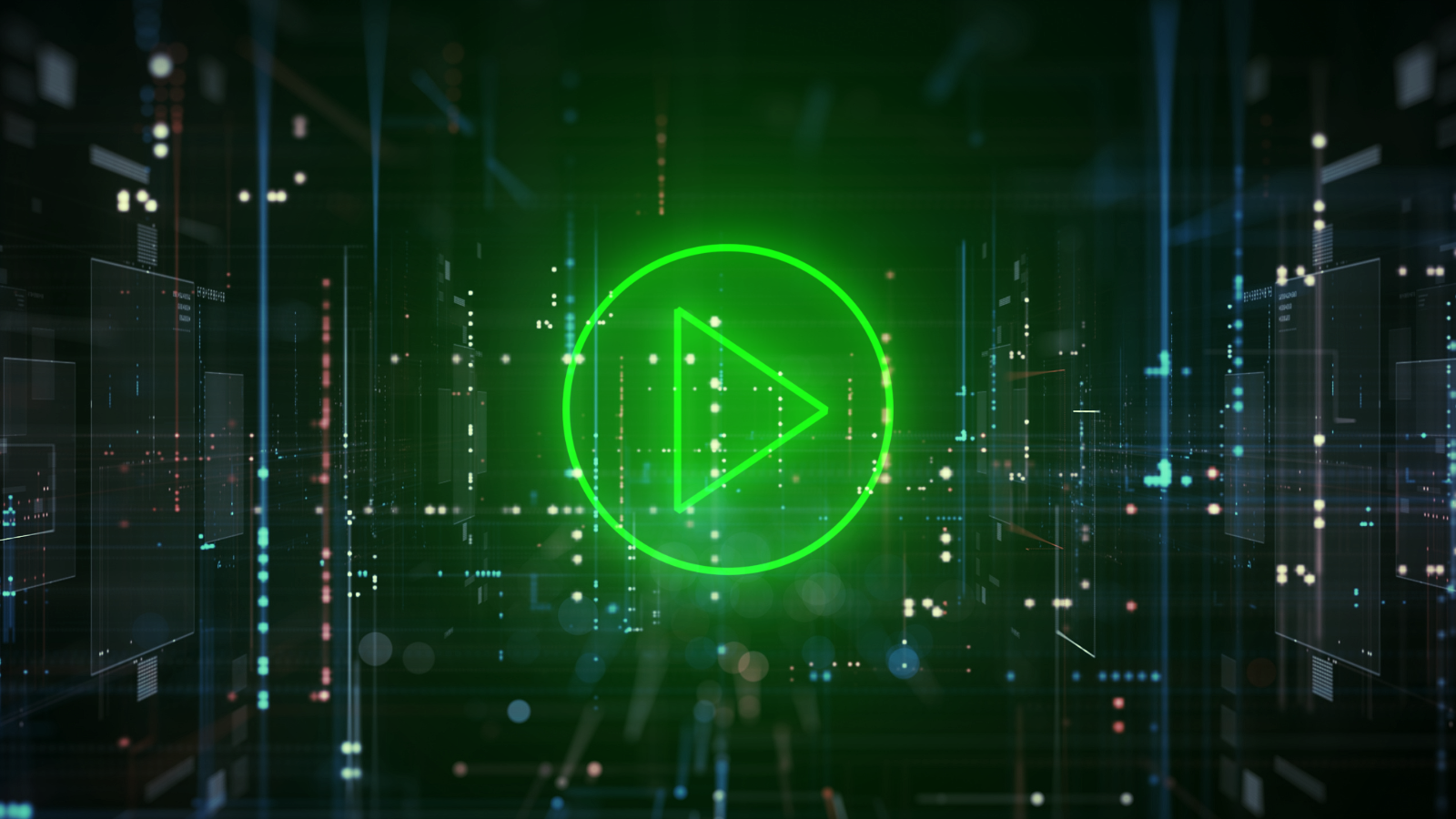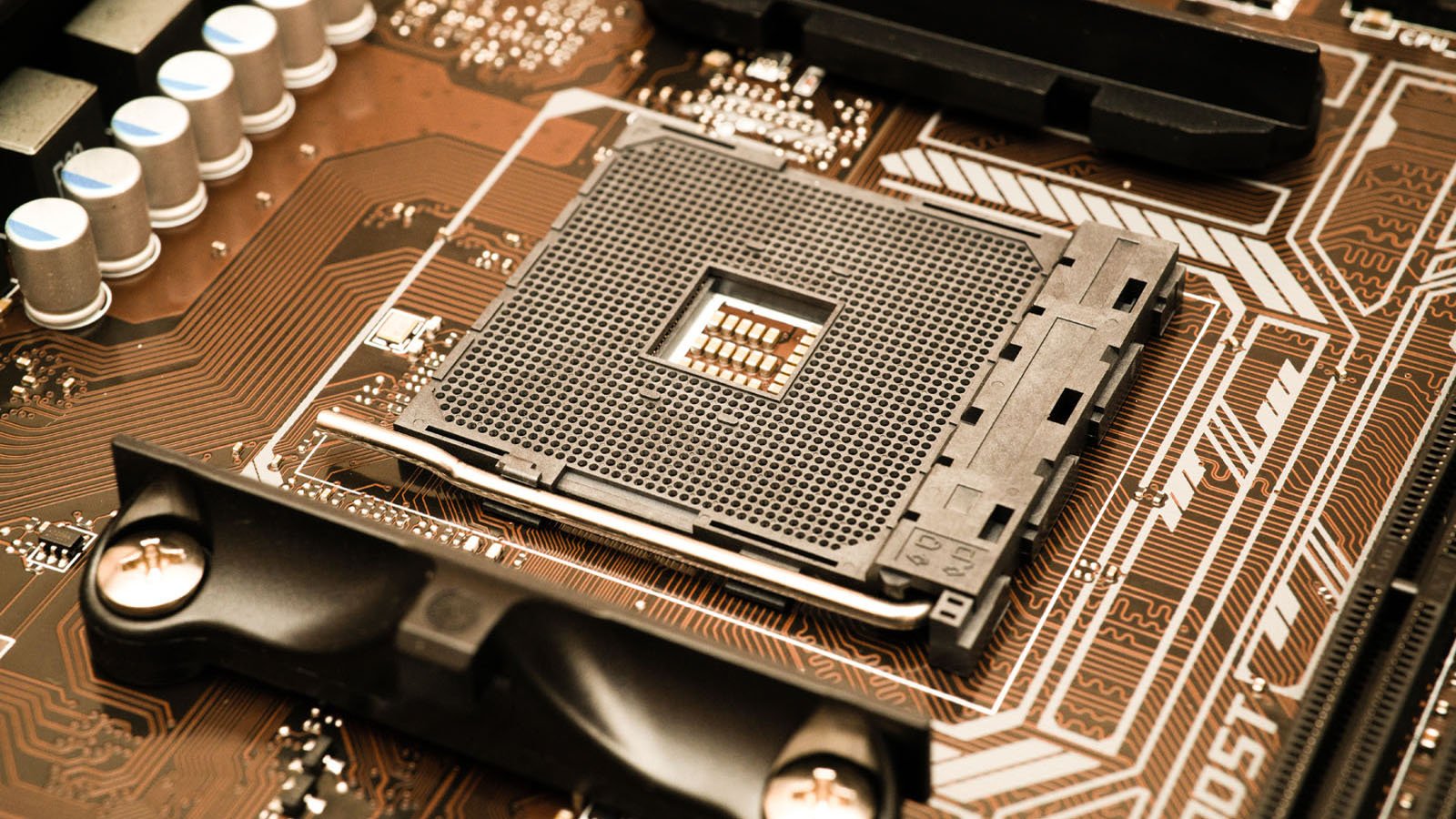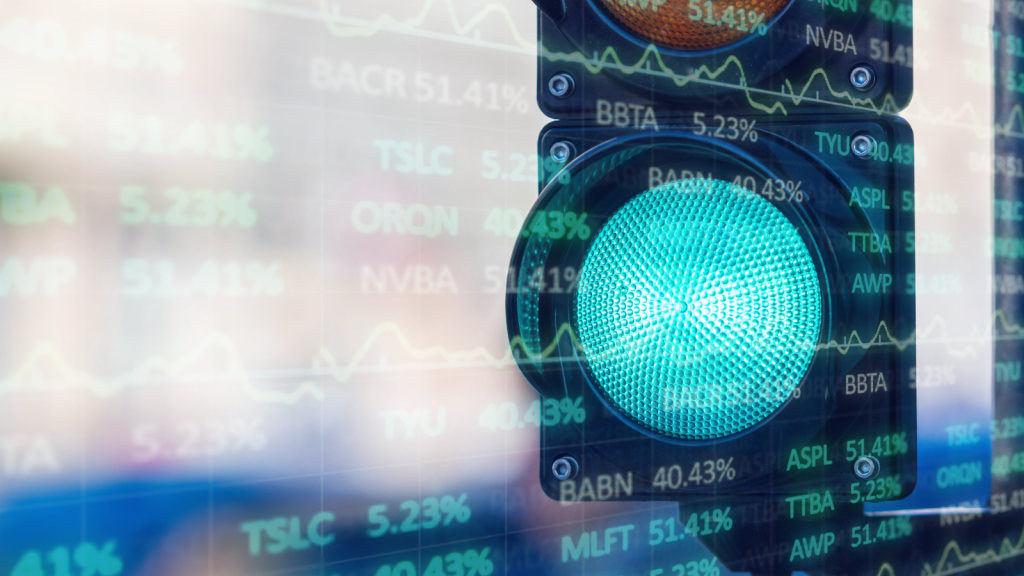We need a lot more computing power … the time of robots has arrived … “the largest industry of all” … Q-Day is here … Eric Fry and the AI “space race”
The amount of computation needed is easily 100 times more than we thought we needed at this time last year.
So said Nvidia CEO Jensen Huang on Tuesday, speaking this week at Nvidia’s GPU Technology Conference – often called “the Super Bowl of AI.”
This is an abrupt about face from the fear the tech/investment world felt in the wake of the sudden emergence of the Chinese low-cost AI platform DeepSeek earlier this year.
Investors worried that AI would require drastically fewer semiconductor chips and less power. Suddenly, the billions of dollars that Wall Street had expected to flow toward bottom lines over the coming years were going to dry up.
Well, according to Huang, that was an incorrect interpretation:
This last year, this is where almost the entire world got it wrong.
Rather than slamming the brakes on AI investment, DeepSeek’s arrival was more like mashing the gas pedal to the floor.
The Chinese cutting-edge technology forced the AI community to transition to “reasoning” AI models, away from earlier Large Language Models (LLM) that focused primarily on generation without explicit reasoning skills.
Here’s The Wall Street Journal tying this shift to increased computing power:
So-called reasoning models spend more time “thinking” about a problem before delivering an answer. They break each prompt down into steps, a process that is best used for complex problems, according to companies building those models.
They might generate so much data that computing speeds will need to increase to process the data quickly for users.
Users won’t want to wait 10 times longer to get an answer that relies on 10 times more data, [Huang] said.
From an investment perspective, there’s one bottom-line takeaway…
The AI investment megatrend is alive and well…which means investing in the broader AI ecosystem is alive and well.
For an illustration, take power generation from datacenters.
Here’s the International Energy Agency (IEA) from its “Electricity 2024” report.
Electricity consumption from data centres, artificial intelligence (AI) and the cryptocurrency sector could double by 2026.
Data centres are significant drivers of growth in electricity demand in many regions.
Details and projections are changing fast. Here’s SemiAnalysis.com from last week:
The IEA’s recent Electricity 2024 report suggests 90 terawatt-hours (TWh) of power demand from AI Datacenters by 2026, which is equivalent to about 10 Gigawatts…
We see AI Datacenter capacity demand crossing above 10 GW by early 2025…
The boom in demand for AI clusters has led to a surge in focus on datacenter capacity, with extreme stress on electricity grids, generation capacity, and the environment.
The AI buildouts are heavily limited by the lack of datacenter capacity, especially with regard to training as GPUs need to be generally co-located for high-speed chip to chip networking…
The boom in generative AI, powered by transformers, will indeed need a lot of transformers, generators and a myriad of other electrical and cooling widgets.
Translation: If DeepSeek caused you to sell your shares of Eaton Corp., Vistra, Constellation Energy, Trane Technologies, NextEra, Super Micro Computer, or whatever related stock you owned, you might want to rethink that.
Huang also mentioned the investment trend we highlighted on Tuesday, which could be “the largest industry of all” …
Humanoids.
Back to the WSJ:
“The time has come for robots,” Huang said, noting there is a growing shortage of human labor…
With a “slow-thinking” capability, Nvidia’s physical AI can help robots perceive and reason about their environment, and fast-thinking capability allows it to take actions.
“Everyone, pay attention. This could very well be the largest industry of all,” Huang said.
This fits with our own research. In Tuesday’s Digest, we dug into the investment opportunity with humanoids. Here’s ETF provider and research shop, GlobalX:
The potential market opportunity for humanoids is massive, and it’s accelerating.
Tesla CEO Elon Musk and industry stakeholders believe there could be over 1 billion humanoids on Earth by the 2040s…
The potential of general-purpose humanoid robotics remains largely untapped, with their appeal being their versatility.
To estimate the market for general-purpose humanoids, GlobalX assumes 15% household penetration and a price point of $10,000 – $15,000. That results in a market size of almost $3 trillion by 2035.
Keep in mind, general-purpose humanoids aren’t the only market. GlobalX estimates the market size for industrial humanoids – ones developed to automate intensive production tasks – at nearly $2 trillion over the next decade.
Given these dollar figures, Huang’s characterization of “the largest industry of all” doesn’t sound too hyperbolic.
As we noted on Tuesday, there are a handful of ways to invest. Our technology expert Luke Lango recently highlighted how Tesla, Meta, Apple, Alphabet, Nvidia, and OpenAI are just a few of the companies working on aspects of humanoid technology.
But as a quick reminder, Luke believes there’s a stealth way to play this. From Luke:
I think Elon Musk and his AI robot Optimus have the potential to profoundly change the world and go down in history as Musk’s greatest achievement.
And I’ve found a “backdoor” way to invest in this new Optimus project.
For more on this stealth robotics play, Luke put together a free research video. You can check it out right here.
Returning to Huang and Nvidia, today brings the long-awaited “Q-Day”
Today is the conference’s “Quantum Day” where industry leaders, developers, and partners are meeting to explore the future of quantum computing.
As I write Thursday morning, it’s too early for any news stories covering announcements, but here’s Barron’s with some overall details:
Quantum computing is set to take center stage at Nvidia GTC [today], signaling that the emergent technology may no longer be decades in the future; rather, the future is approaching…
Nvidia said Tuesday that it would invest in a Boston-based facility to accelerate the development of quantum systems. A key goal will be exploring how artificial-intelligence supercomputing can be integrated with quantum systems to accelerate decoding, the process of determining where errors were made and how to fix them…
Quantum and AI are expected to work together in the future, with the technologies drawing on each other to accelerate the training of AI models and enable more accurate computations.
Legendary investor Louis Navellier has been eagerly awaiting today. If you’ve read the Digest over the last week, you know that Louis believes Nvidia will make some bold announcements about quantum computing, potentially lighting a fire under the entire sector – and one stock in particular.
Here’s Louis’ overall take on where the sector finds itself today:
Quantum computing today is where artificial intelligence was a few years ago.
It’s an exciting technology that few people have heard about. But you’re beginning to see more and more news… and the talk around the watercooler is growing.
It’s like investing in AI back in 2016 – just before NVIDIA’s historic 7,000% run.
Investors who positioned themselves early in AI saw life-changing gains.
Quantum computing offers a similar rare opportunity. Those who act now could capture massive profits as quantum computing enters its own explosive growth phase.
If you missed Louis’ presentation on quantum computing along with more details on his favorite small-cap way to play it, you can catch the free replay here.
We’ll bring you more on Nvidia’s quantum announcements later this week.
If all this isn’t enough to get you bullish on AI today, our global macro expert Eric Fry has another reason, and it brings us full circle to DeepSeek…
From Eric:
Just as Sputnik was a wakeup call that triggered a massive boom in space stocks… I believe the DeepSeek wakeup call will do the same for certain AI stocks.
But this time, the gains could be much, much higher than anything we saw in the 1960s… because the stakes here are much, much higher.
In yesterday’s issue of Smart Money (Eric’s free newsletter), he compared today’s AI race to the Space Race from the 1960s.
But whereas the Space Race was mostly a competition for prestige and national pride, the AI race has far greater stakes.
From Eric:
AI is a technology that has the potential to create, or destroy, on a scale that humanity has never before encountered.
That’s why the U.S. will be pursuing an all-hands-on-deck strategy to master AI’s capabilities before anyone else does.
Now, “all-hands-on-deck” might as well mean “all-wallets-on-deck,” which is exactly what we’re seeing happen.
As just one illustration, Eric points toward Stargate, the major AI initiative that President Trump announced just days before his inauguration.
AI leaders including Sam Altman, Larry Ellison, and Masayoshi Son said they’re going to lead the effort to spend $500 billion on building AI data centers across the United States over the next four years.
This is going to ramp up the profits of select stocks in the same way the U.S. government’s effort to win the Space Race resulted in a profit bonanza for certain stocks.
On that note, Eric highlights how, thanks to the Space Race, shares of Boeing Co. (BA), the builder of Apollo’s rocket, jumped 481%… Motorola, the supplier of communication equipment to Apollo, jumped 543%… and shares of Hewlett-Packard, which provided medical equipment to monitor the astronauts, skyrocketed 618%.
Eric expects a handful of stocks will see similar (and potentially, far greater) returns now that DeepSeek has light a fire under the U.S. AI rollout.
For a deeper dive into this opportunity, Eric just put together a research video. Here he is with more details:
I’ve identified several stocks that I believe will benefit greatly from AI’s “Sputnik Moment,” and I’ll show you how you can access these names in my brand-new, free special broadcast.
In the video, I’ll also detail how a new, breakthrough project led by Elon Musk – which I call “Apollo 2.0” – could decide the global winner of the AI Race.
Bottom line…
The AI investment trend isn’t just “still in play,” it’s accelerating.
It’ll be volatile, but we remain in the early days of perhaps the most transformative technology our world has ever seen – a next step that will drive trillions of dollars through the global economy over the coming years.
Invest accordingly.
Have a good evening,
Jeff Remsburg





















